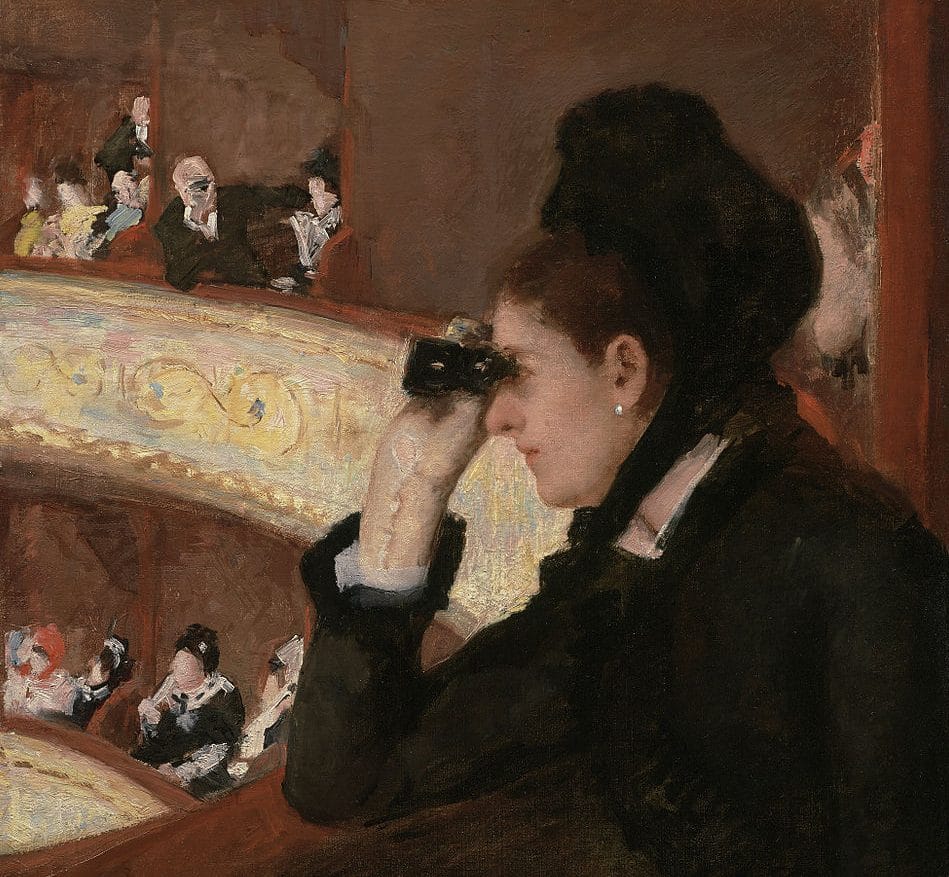LOST HISTORY: OPERA’S MOST FAMOUS PREMIERES

ll barbiere di Siviglia
For months after the London premiere of Rossini’s Il barbiere di Siviglia, police were overrun with noise complaints, mostly the result of young men strumming guitars outside ladies’ windows late at night. The cacophony went on longer than it needed to, the police’s arrests being slowed down by bribes sent by London-area guitar manufacturers, who were enjoying an unprecedented soar in sales. When a few late-night serenades ended in street brawls between amateur guitarists and the husbands of the ladies at these windows, the police gave up their bribes and banned strummed instruments played by young men after sunset.
Lucia di Lammermoor
The famous Mad Scene in Donizetti’s Lucia di Lammermoor was originally a surprise improvisation by coloratura soprano Fanny Tacchinardi Persiani. During the opera’s wedding scene, the tenor Balestrieri, who sang the role of Arturo, tried to cop a feel under Fanny’s dress. She was so enraged that she broke his nose, resulting in a blood-soaked costume just in time for what was to be her simple death aria. As she appeared in her gruesome gown, the gasps from chorus and audience alike spurred on one of opera’s most triumphant moments of “the show must go on”. Fanny left a hefty tip for the flautist before the next performance, and the extended Mad Scene became a staple of Donizetti’s work.
L’Orfeo
In another first for Monteverdi’s earliest opera, what’s now known affectionately as the “goat trill” was born in the premiere performance of L’Orfeo. Girolami Bacchini, the Italian castrato who sang the first Euridice, made history in his final notes of the role. Wearing a corset that had been laced too tightly, Bacchini struggled to sustain a beautiful tone for Euridice’s death scene; instead of the pure tone for which he was known, the lack of oxygen and resulting muscular spasms transformed his singing into an odd, goat-like bleat, before collapsing appropriately at the moment of Euridice’s final breath. The audience went mental for this new display of vocal pyrotechnics, and from that moment on, a close companionship between corsets and trills became all the rage on the opera stage. Unfortunately for women, though they were finally allowed to sing in public, this trend lasted well into the 20th century.
Carmen
The opera-savvy know well of the colourful reception that Bizet’s Carmen received upon its 1875 premiere at the Opéra-Comique. Yet, contrary to the modern tale, the outrage was not spurred on by the characters’ low standards of morality, perceived “Wagnerism”, or rumours of stolen melodies (Gounod is said to have cried durign Micaëla’s act III aria, “That melody is mine!”).
Carmen was full of something even worse: cultural appropriation.
Siegfried
Following the premiere of Wagner’s Siegfried, there was a notable rise in missing persons throughout the Bayreuth area, thought to be inspired by the appearance of the Forest-Bird. Young men were going off into the woods by themselves, in apparent attempts to communicate with local bird species. Instead of proving their heroism, they ended up lost in the woods and had to be rescued by local authorities.
Thankfully, Siegfried resulted in no human casualties, unlike the similar tales following the premiere of Mozart’s The Magic Flute. At least two fatal bear attacks were documented, after young men who had seen the Singspiel took off into the forest, armed with homemade flutes, hoping to charm the local animals into submission.
By Jenna Simeonov. Republished with permission from Schmopera.





